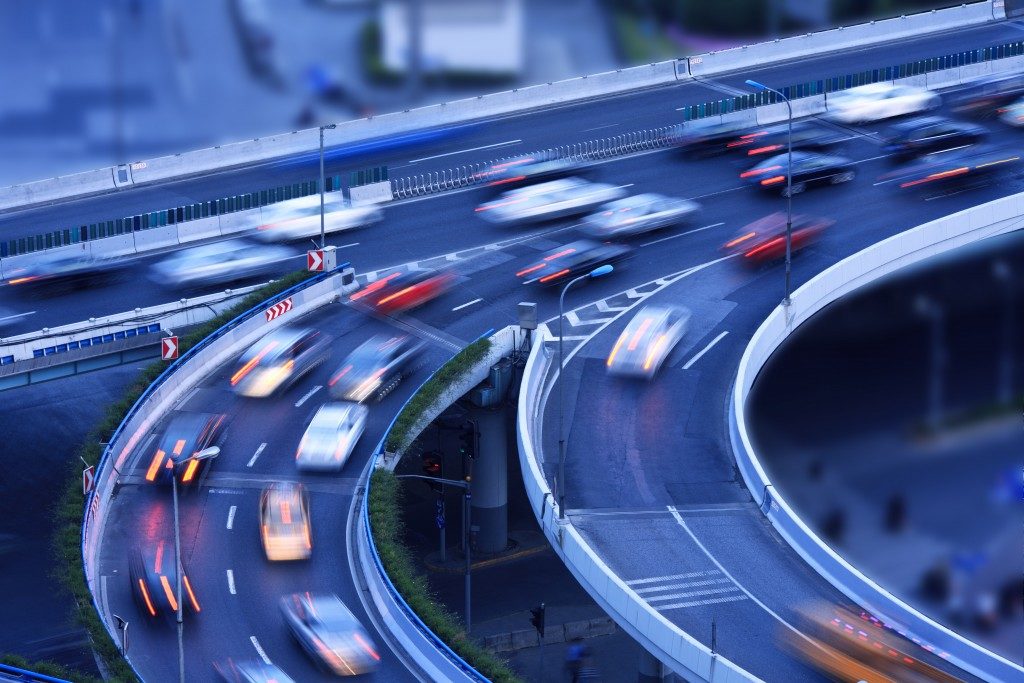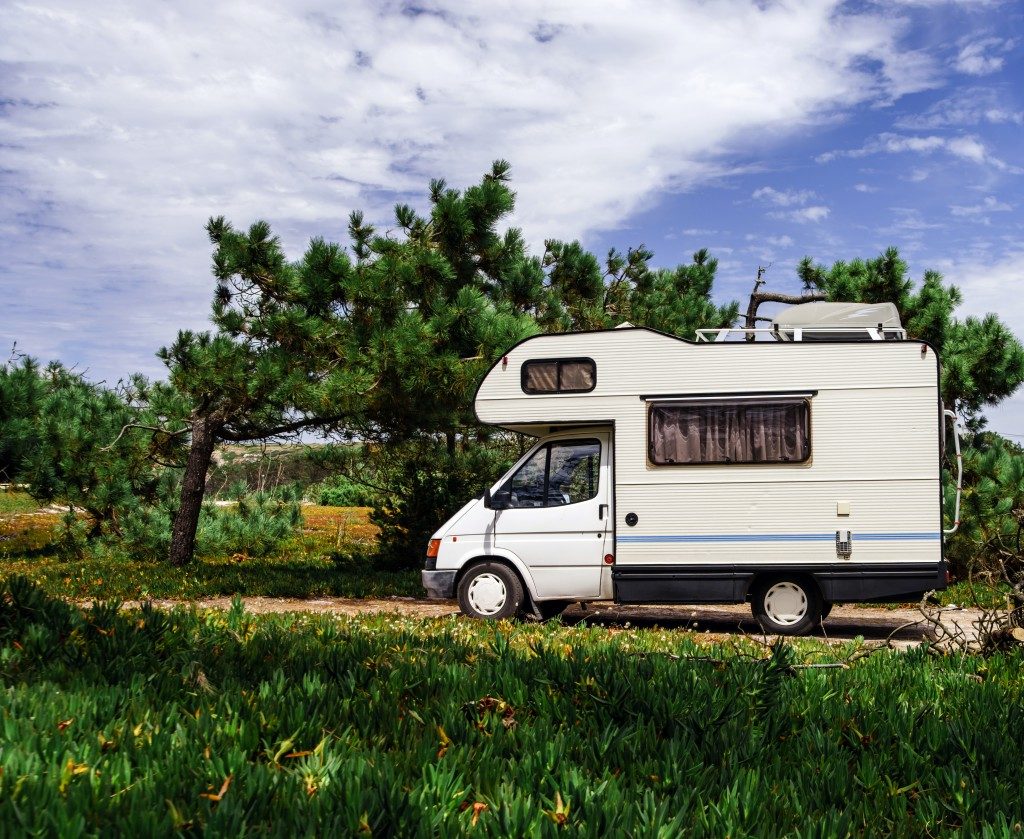The Philippines’ public transport is complex and undeniably hard to master as an expat. Moreover, its traffic conditions will truly test your patience. Most foreigners in the country prefer getting their own cars or a car and a driver to make their travel smoother.
However, before you pull the trigger and start looking for sedan rentals in Manila, you first have to know the general condition of the roads and what you need to drive in the country.
Traffic Can Be Quite Hectic
Traffic in the Philippines can be a bit hectic, but it is generally safe to drive in any town as long as you know what to expect.
- Expect relative chaos on the roads especially from public transport vehicles. Traffic jams are common, and you will have to be daring to survive the traffic
- A great deal of the drivers ignores traffic rules and traffic lights, making it a bit more challenging to drive in the city.
- Watch out for pedestrians as they tend to walk along highways or cross the road from undesignated places.
- There are many one way streets in Manila. Always be on the lookout and know your roads before heading out
Get a Valid Driving License
You will need a valid driving license to drive in the country. All applications are made in the Land Transportation Office (LTO). You can apply for a new license or a license conversion. For conversion, you have to prove that you will be in the country for no less than a year.
The requirements for the applications are:
- A filled application for driver’s license form (ADL)
- A medical examination certificate showing that you are fit to operate a vehicle;
- Your original driver’s license (It should be in English; if not, ask your country’s consulate to help you translate it);
- A valid passport showing your latest entry into the country. You must have spent at least a month to apply.
Submit the documents and wait for the LTO to approve your application. As you wait, you can familiarize yourself with the driving rules. This is crucial especially if you are from RHD countries since Philippine cars have the driver’s seat on the left.
Get a Local Driver to Co-drive for a Week or Two

After getting your license, consider driving around with a friend or a local who understands the country to familiarize yourself with the rules. They can point out some things that will take you long to figure out while also letting you bolster your confidence while on the road. A week or two of co-driving should be enough to get you started.
Even though some drivers and pedestrians may break traffic rules, it is better to stay on the defensive side. This is true anywhere in the world. Some defensive driving skills will help you stay safe while on the road. Do not jump traffic lights or ignore other traffic rules just because other people are doing it. This could land you in problems with the local police.



